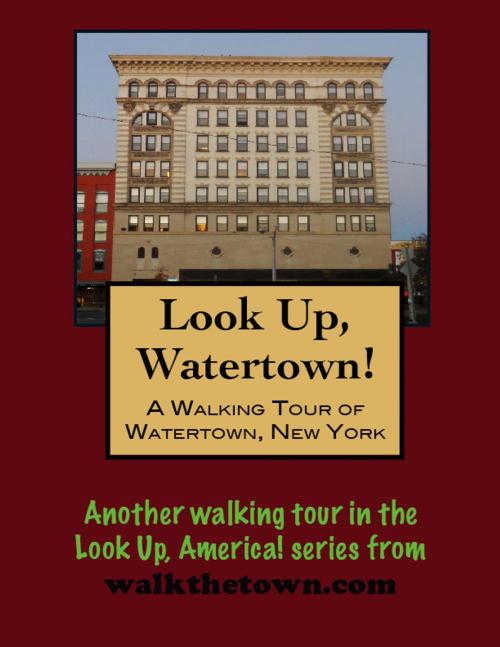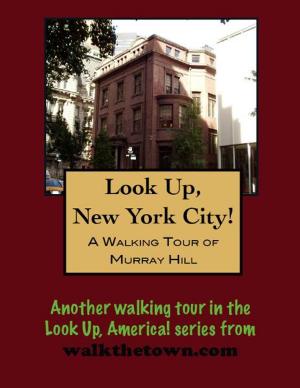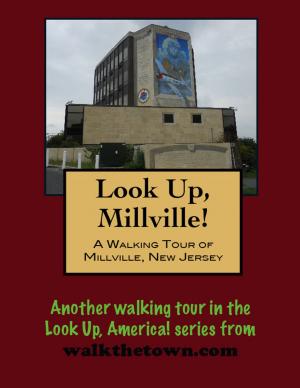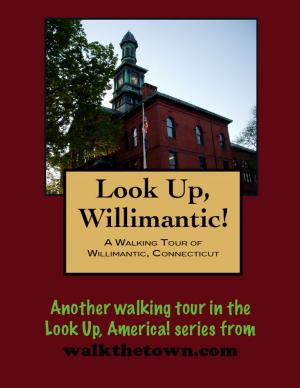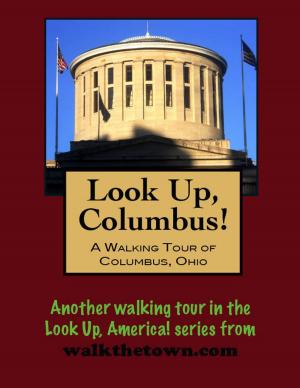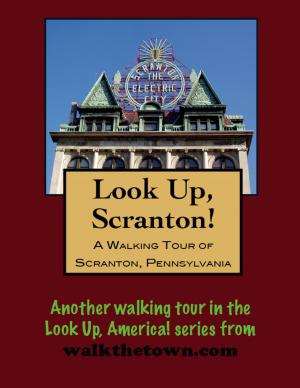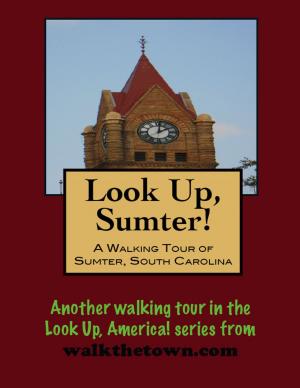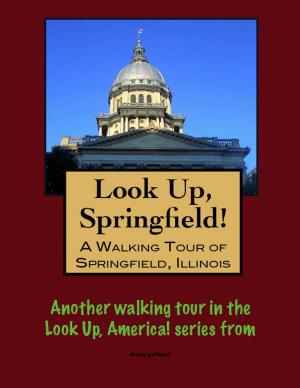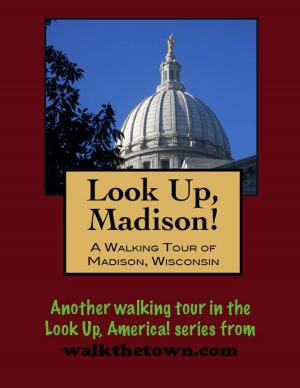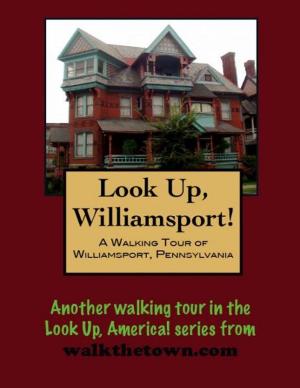| Author: | Doug Gelbert | ISBN: | 9781458115133 |
| Publisher: | Doug Gelbert | Publication: | February 1, 2011 |
| Imprint: | Smashwords Edition | Language: | English |
| Author: | Doug Gelbert |
| ISBN: | 9781458115133 |
| Publisher: | Doug Gelbert |
| Publication: | February 1, 2011 |
| Imprint: | Smashwords Edition |
| Language: | English |
There is no better way to see America than on foot. And there is no better way to appreciate what you are looking at than with a walking tour. Whether you are preparing for a road trip or just out to look at your own town in a new way, a downloadable walking tour is ready to explore when you are.
Each walking tour describes historical and architectural landmarks and provides pictures to help out when those pesky street addresses are missing. Every tour also includes a quick primer on identifying architectural styles seen on American streets.
Settlers from New England began pushing into the New York wilderness in earnest after the Revolutionary War. Three who made their way here in 1800 - Hart Massey, Henry Coffeen, and Zachariah Butterfield - were attracted by the energetic Black River that promised the potential of power for early industries.
Indeed water-powered mills and factories would soon take their places along the river. In 1805 Jefferson County was founded and Watertown was tabbed as the county seat a decade before the village was incorporated in 1816. When the War of 1812 broke out the bustling village became a center of supplies to the soldiers coming to Lake Ontario. Now as the legal and industrial center of the “North Country,” Watertown was on the fast track to becoming a significant city. The progress was slowed by a devastating fire in 1849 that wiped out a large swath of the business district but rebuilding was swift and certain.
Meanwhile the mills and factories hummed along the Black River. Paper-making was important and so was cotton and wool manufacturing. Watertown-manufactured carriages were in demand across the country. The first portable steam engine was developed here in 1847 and the Davis Sewing Machine Company was a big employer as Watertown was incorporated as a city in 1869 and entered into its greatest period of prosperity - one that would last more than fifty years.
Our walking tour will visit many structures from those heady times and we will begin where six roads pour out of and where Watertown history has been made for over 200 years...
There is no better way to see America than on foot. And there is no better way to appreciate what you are looking at than with a walking tour. Whether you are preparing for a road trip or just out to look at your own town in a new way, a downloadable walking tour is ready to explore when you are.
Each walking tour describes historical and architectural landmarks and provides pictures to help out when those pesky street addresses are missing. Every tour also includes a quick primer on identifying architectural styles seen on American streets.
Settlers from New England began pushing into the New York wilderness in earnest after the Revolutionary War. Three who made their way here in 1800 - Hart Massey, Henry Coffeen, and Zachariah Butterfield - were attracted by the energetic Black River that promised the potential of power for early industries.
Indeed water-powered mills and factories would soon take their places along the river. In 1805 Jefferson County was founded and Watertown was tabbed as the county seat a decade before the village was incorporated in 1816. When the War of 1812 broke out the bustling village became a center of supplies to the soldiers coming to Lake Ontario. Now as the legal and industrial center of the “North Country,” Watertown was on the fast track to becoming a significant city. The progress was slowed by a devastating fire in 1849 that wiped out a large swath of the business district but rebuilding was swift and certain.
Meanwhile the mills and factories hummed along the Black River. Paper-making was important and so was cotton and wool manufacturing. Watertown-manufactured carriages were in demand across the country. The first portable steam engine was developed here in 1847 and the Davis Sewing Machine Company was a big employer as Watertown was incorporated as a city in 1869 and entered into its greatest period of prosperity - one that would last more than fifty years.
Our walking tour will visit many structures from those heady times and we will begin where six roads pour out of and where Watertown history has been made for over 200 years...
